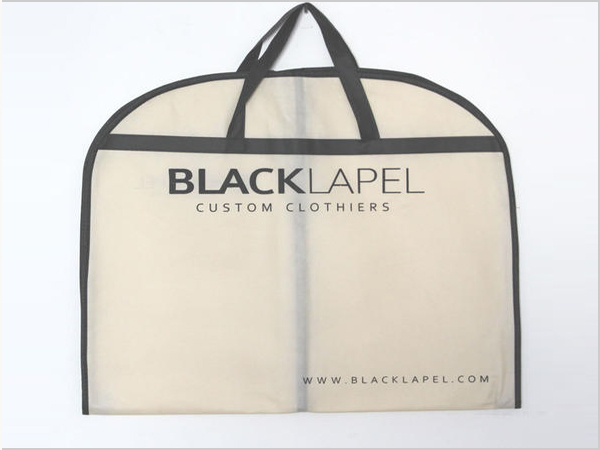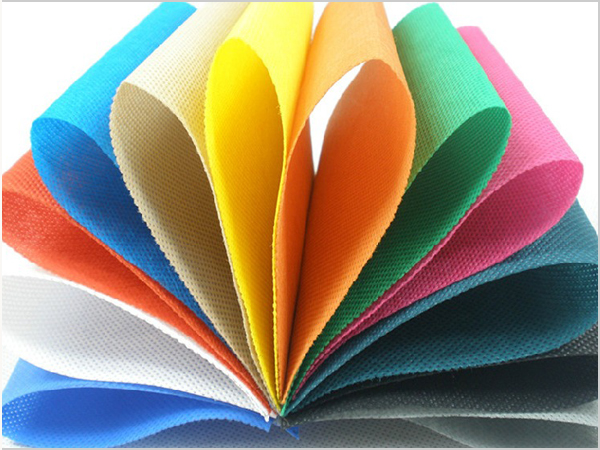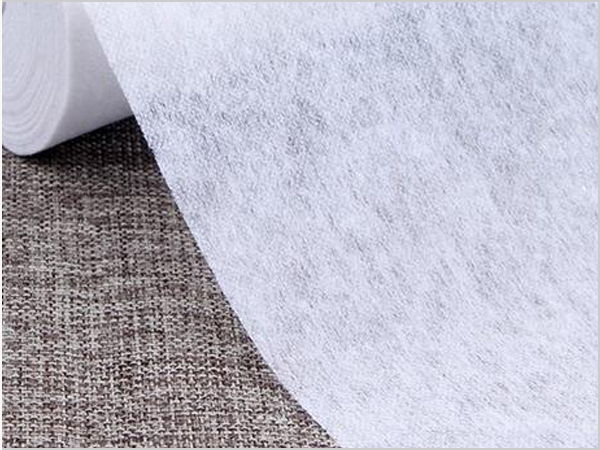- Why can spunbond nonwoven fabric dominate the market?
- Foreign trade exports are moving forward under pressure, with both resilience and challenges coexisting
- Explore the environmental protection characteristics and application fields of PP non-woven fabric
- The rise of the Latin American market is expected to become a new growth pole for China's textile foreign trade
- The production process of spunbond nonwoven fabric determines its unique characteristics!

- Telephone: 0551- 66779966
- Cellphone: 18955130444
- Email: 58792982@qq.com
- Address: Building 1-2, East of Wubu Village Section, Hehuai Road, Wushan Town, Changfeng County, Hefei City, Anhui Province
On the afternoon of August 1, a symposium on "Dialogue on Intangible Cultural Heritage", the 2022 "Xinjiang is a Good Place" exhibition of intangible cultural heritage of 19 provinces and cities in Xinjiang, was held at Kunlun Hotel in Xinjiang.
With the theme of "Textile and Embroidery and Modern life", the dialogue focused on the topic of "connecting modern life and cultivating a new cultural form of traditional embroidery craft". Five experts from inside and outside Xinjiang and more than 20 representative inheritors of textile and embroidery intangible cultural heritage (hereinafter referred to as "intangible cultural heritage") gathered together to share and exchange textile and embroidery techniques, and discuss the shortcomings and solutions in the inheritance and development of textile and embroidery techniques.
At the event, embroidery of Suzhou, Chao, Xiang, Shabu, Uygur, Xibe, Kirgiz, Mongolian, Tajik, Kazak and other embroidery products filled the exhibition tables. Representative inheritors of textile and embroidery intangible cultural heritage introduced their embroidery products and shared their experiences on the stage. "Suzhou embroidery is characterized by 'flat, neat, harmonious, smooth, smooth and even', with beautiful designs, ingenious ideas, meticulous embroidery and lively stitching..." "Lu Fuying, a representative inheritor of Suzhou embroidery, introduced.
On the activity, experts in the field of textile and embroidery analyze and discuss the embroideries in the exhibition area one by one, and publish their academic opinions. "I think in terms of inheritance, textile and embroidery intangible cultural heritage products can't keep up with the consumer market, and the products are too homogeneous. What the market needs is not only intangible heritage products, but products with their own cultural heritage and distinctive style." Li Hongfu, a researcher at the Institute of Art Anthropology under the Chinese National Academy of Arts, said, "Inheritors should be based on their native land, explore their own history and culture, and be brave and active in innovation, so as to be competitive in the market."
This intangible cultural heritage exhibition, the reporter also noted that both its own characteristics, and creative intangible cultural heritage products, quite popular among consumers. In the Urumqi exhibition area, the dough sculpture exhibition cabinet was crowded with people. The dough sculpture cultural and creative products attracted many people to buy by virtue of the particularity of the process and the appearance design of the earth. "In addition to traditional ethnic products, such as minority herding, Mongolian wrestling, Uygur singing and dancing, we also make cartoon animals. Children rarely see dough figurine products, and they can't put down the cute cartoon characters." Xinjiang dough figurine seventh generation inheritor Wang Fan told reporters.
"I was deeply touched by this expert dialogue. Intangible cultural heritage products should be actively integrated into life to better survive and develop." Pu Yufeng, the inheritor of Hunan Embroidery, said, "This is the first time to attend such a large exchange meeting, and also the first time to see the embroideries of so many nationalities. It is really eye-opening and gives me a lot of inspiration for creation. I plan to go back and integrate them into our embroideries."
Ai Shanjiang Abulizi, a professor and doctoral supervisor of ethnic art at Xinjiang Normal University's School of History and Society, said at the conference, "I think there are still some shortcomings in the inheritance and protection of intangible cultural heritage. There are fewer and fewer inheritors from the older generation. What we need to do is to strengthen the memory of the younger generation, not just increase the number of inheritors. If intangible cultural heritage is introduced into the campus, it is to cultivate children's 'memory'. Without this' memory ', without the love for intangible cultural heritage and the value of traditional crafts, the number of inheritors is just a number."
- Why can spunbond nonwoven fabric dominate the market?
- Foreign trade exports are moving forward under pressure, with both resilience and challeng
- Explore the environmental protection characteristics and application fields of PP non-wove
- The rise of the Latin American market is expected to become a new growth pole for China's
- The production process of spunbond nonwoven fabric determines its unique characteristics!
- The global trade landscape is undergoing significant changes in 2025
- The 11th China International Silk Conference was held in Shengze
- What are the core advantages of spunbond nonwoven fabric?
- What are the magical aspects of the manufacturing process of spunbond nonwoven fabric?
- The textile industry is enjoying dual policy benefits



